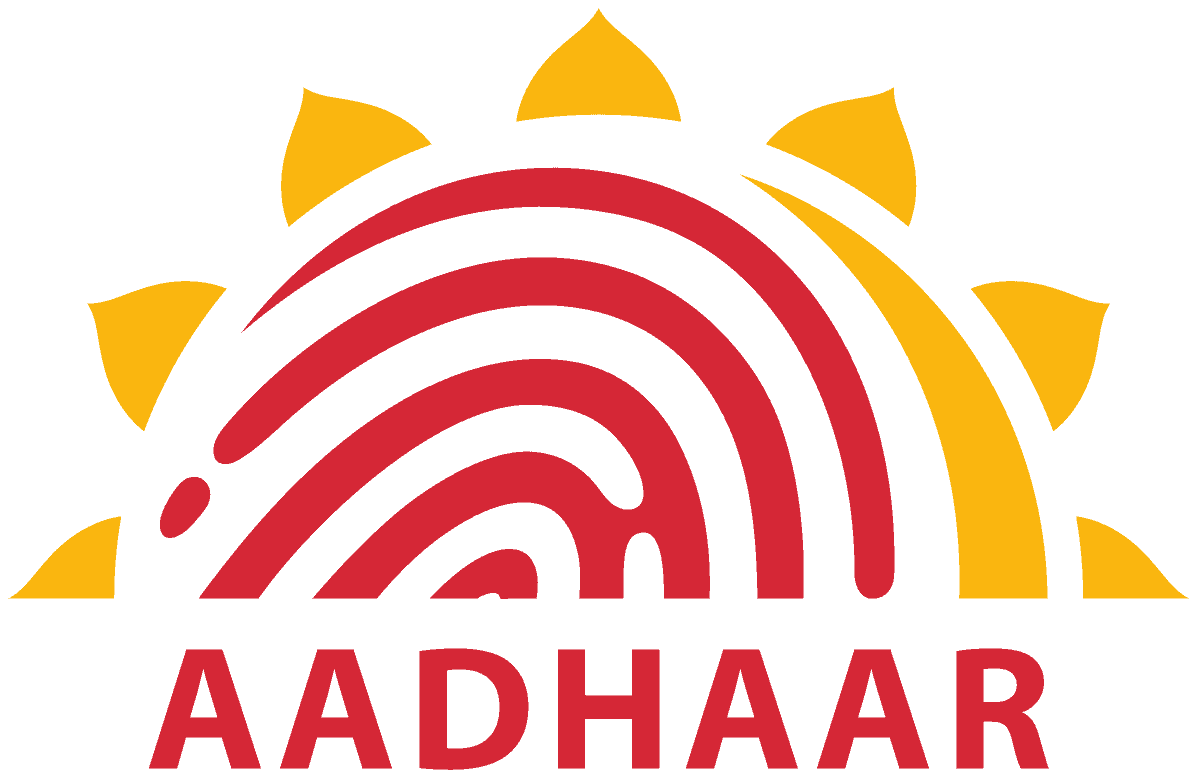Table of Contents
Introduction
On 24th August 2017, the nine-judge bench of the apex court of India came up with the landmark historical judgement commonly known as justice puttaswamy judgement (justice K.S.Puttaswamy v. Union of India.[1]) in which the supreme court affirmed the right to privacy as the fundamental right. According to the judgement, the right to privacy has been declaring as an integral part of the Part-III of the constitution of India, 1950.
The apex court cleared that the fundamental right of privacy is not an absolute right as other fundamental rights. Subject to the satisfaction of certain tests and benchmarks, a person’s privacy interests are often overridden by competing state and individual interests. This post discusses the tests that are laid down by the Supreme Court within the Puttaswamy case, against which privacy infringements are going to be evaluated going forward.
Background:
The case arose out of a challenge to the constitutionality of the Aadhar Verdict. in 2012, Justice K.S. Puttaswamy (Retired) filed a petition within the Supreme Court challenging the constitutionality of Aadhaar on the grounds that it violates the right to privacy.
Why was a nine-judge bench constituted to make a decision upon the right to privacy?
For the very first time, the question of the privacy does come under the shield of fundamental privacy or not is come into picture in 2015 before the 3 judge bench of the apex court with special reference to the Aadhar Verdict. In which the Attorney general of India argued that the number of the supreme court decision has recognised the right to privacy as fundamental one under Part-III of the constitution, but same can’t be guaranteed as such, as the question of the fundamental right of privacy has been rejected before by the larger benches of the Court in M.P Sharma (8 judge bench) and Kharak Singh (6 judge bench). Thereafter, the five-judge bench referred the constitutional question to a good larger bench of nine judges to pronounce authoritatively on the status of the right to privacy.
Issues raised:
- Whether the right to privacy is an intrinsic part of the right to life and personal liberty under Article 21 and a part of the freedoms guaranteed by Part III of the Constitution.
- Whether the decision in M P Sharma v Satish Chandra, District Magistrate, Delhi is correct in law?
- Whether the decision in Kharak Singh v State of Uttar Pradesh is correct in law?
Contentions by Parties on issues
Petitioner’s Argument:
- It was argued from the side of the petitioner before the court is that the right to privacy is an intrinsic part of the right to life and personal liberty under Article 21 and as a part of the freedoms guaranteed by Part III of the Constitution and same is to be protected by the constitution of India.
- it had been also suggesting to evaluate the correctness of the decision noted in Karak Singh vs. The state of Uttar Pradesh and M. P. Sharma vs. Satish Chandra on the ground that it violates the Right to Privacy under Article 21 of the constitution.
Respondent’s Argument:
- It was argued from the side of the defendant that the constitution of India does not specifically protect the Right to privacy and on this ground that the right of privacy was not guaranteed under the Constitution, and hence Article 21 of the Indian Constitution (the right to life and personal liberty) had no application in the case of both M. P. Sharma vs Satish Chandra and Karak Singh vs. the State of UP.
Judgement
The Aadhaar scheme was one of the most ambitious projects of the Government of India. Launched with the only purpose of empowering the marginalized section of the society, it had been initiated as a scheme to supply a unique number for each citizen in India This scheme gave way to many privacy rights battles. The question of dignity, informational self-determination and consent formed the idea for the privacy rights claims surrounding the Aadhar scheme. On the historic day of 26th September 2018, a five-judge bench upheld the validity of Aadhaar Act but struck down many provisions leading to a severe reduction in the functional character of law.
The majority judgment written by Justice A K Sikri, while declaring the Aadhaar Act to be constitutional, had struck down provisions like section 33(2) also as section 57. The question of possible state surveillance also as the possibility of knowledge breach and exclusion of citizen from government services and schemes were mitigated on the idea of that fact that UIDAI has claimed the system to be largely foolproof. The threshold of right to privacy and constitutional principles of proportionality also as dignity requirements were attenuated while upholding the constitutional validity of the Aadhaar Act as a reasonable restriction.
But within the majority decision, the need of right of autonomy and right of choice isn’t protected by upholding the Aadhaar Act. The requirement of Aadhaar for availing government schemes and benefits also as linking of Aadhaar to the PAN card allowed by the Supreme Court majority decision doesn’t provide any convincing constitutional rationale. Even the minimal exclusion of beneficiaries of state schemes, thanks to lack of Aadhaar or authentication problem could lead on to violation of dignity protection as needed by the constitution. Even though the bulk has struck down the Section 33 (2) also because the Section 57, the larger rationale of upholding the Aadhaar Act to be constitutional fails to meet the test of reasonable objective and reasonable means to impinge upon the right to privacy.
The Aadhaar decision clearly rules out the likelihood of personal entities using the authentication mechanism. It also sends a transparent message that the proper to privacy will now be a crucial entity for any longer legislative action.
[1] (2017) 10 SCC 1
Author: Amey Jadhav,
Maharashtra National Law University, Aurangabad/ 1st year

